Home>Furniture & Design>Interior Design Trends>How To Make Edible Glass
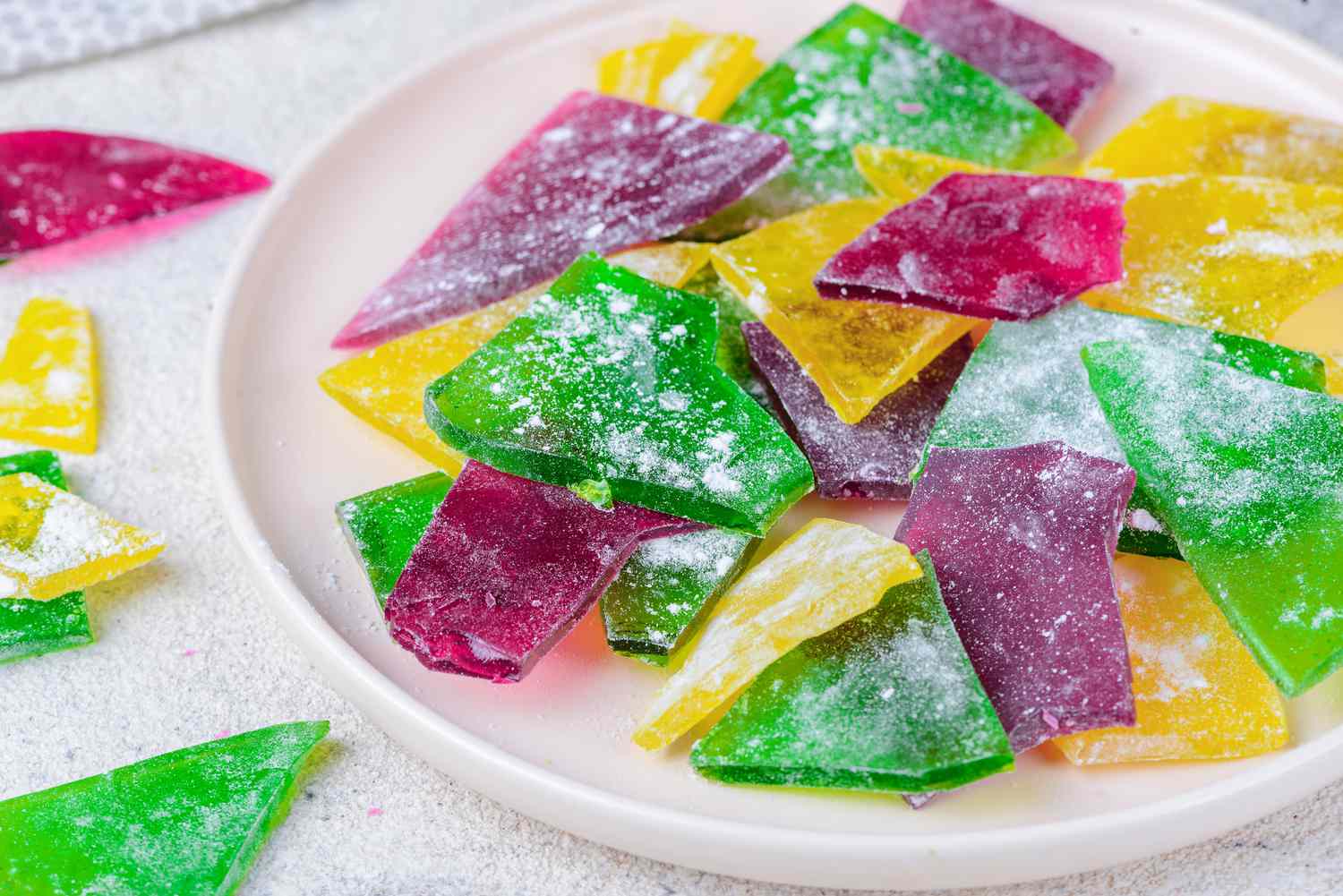

Interior Design Trends
How To Make Edible Glass
Published: February 3, 2024
Learn how to make edible glass and stay on top of the latest interior design trends with this unique and innovative DIY project. Impress your guests with your creativity and style!
(Many of the links in this article redirect to a specific reviewed product. Your purchase of these products through affiliate links helps to generate commission for Storables.com, at no extra cost. Learn more)
Introduction
Creating edible glass is a fascinating culinary endeavor that combines artistry and science. This innovative technique allows you to craft stunning, transparent glass-like structures that are not only visually captivating but also entirely edible. Whether you're looking to elevate your dessert presentation or impress guests with a unique culinary creation, learning how to make edible glass can add a touch of magic to your culinary repertoire.
The process of making edible glass involves transforming a simple sugar solution into a delicate, translucent masterpiece. With the right materials and a bit of patience, you can achieve remarkable results that will leave a lasting impression. From crafting elegant sugar sculptures to constructing edible serving vessels, the possibilities are as limitless as your imagination.
In this comprehensive guide, we will delve into the step-by-step process of creating edible glass, from preparing the sugar solution to molding and shaping the final product. By following these instructions, you will gain the skills and confidence to experiment with this enchanting culinary technique and infuse your creations with a touch of edible elegance.
Embark on this culinary adventure and unlock the secrets of crafting edible glass, a skill that will undoubtedly spark awe and delight among those who have the pleasure of experiencing your edible masterpieces. Let's dive into the materials needed and the step-by-step process of bringing this enchanting creation to life.
Key Takeaways:
- Crafting edible glass involves transforming sugar into delicate, translucent structures. It’s a magical culinary adventure that combines artistry and science, offering a unique way to impress and delight guests.
- By carefully pouring and shaping the molten sugar solution into silicone molds, you can create stunning edible glass. Decorating and serving these delicate structures adds a touch of artistry and culinary finesse.
Read more: How To Make Edible Candles
Materials Needed
To embark on the captivating journey of creating edible glass, you will need a selection of essential materials that are fundamental to the success of this culinary endeavor. Each item plays a crucial role in the process, contributing to the transformation of a simple sugar solution into a delicate, transparent masterpiece. Here's a detailed list of the materials required to begin your edible glass-making adventure:
-
Granulated Sugar: The primary ingredient for crafting edible glass, granulated sugar serves as the foundation of the sugar solution. Its ability to undergo caramelization and solidification is essential for creating the glass-like structure.
-
Water: A key component in the sugar solution, water is used to dissolve the granulated sugar and create the syrupy base necessary for forming the edible glass.
-
Corn Syrup: Adding a touch of corn syrup to the sugar solution helps prevent crystallization, resulting in a smoother and more uniform texture in the final edible glass product.
-
Cream of Tartar: This acidic powder plays a crucial role in stabilizing the sugar solution, preventing the formation of sugar crystals and ensuring a clear, glass-like appearance.
-
Flavoring Extract (Optional): While not essential, flavoring extracts such as vanilla, almond, or citrus can be added to the sugar solution to infuse the edible glass with a delightful hint of flavor, enhancing the overall sensory experience.
-
Heat-Resistant Gloves: As the process involves working with hot sugar, heat-resistant gloves are essential for protecting your hands and ensuring safe handling during the molding and shaping stages.
-
Silicone Molds: Silicone molds serve as the canvas for shaping the molten sugar solution into intricate and elegant glass-like structures. These molds come in various shapes and sizes, allowing for creativity and versatility in the design of the edible glass.
-
Cooking Thermometer: A reliable cooking thermometer is indispensable for accurately monitoring the temperature of the sugar solution as it heats, ensuring precise caramelization and the desired consistency for crafting the edible glass.
-
Cooking Spray or Vegetable Oil: To facilitate the release of the edible glass from the molds, a light coating of cooking spray or vegetable oil is applied to the interior of the molds, preventing sticking and easing the removal process.
-
Decorative Elements (Optional): For those seeking to embellish their edible glass creations, decorative elements such as edible metallic dust, food-safe coloring, or delicate edible flowers can be used to add a touch of visual allure and artistry to the finished pieces.
By gathering these essential materials, you will be well-equipped to commence the enchanting process of creating edible glass, unlocking the potential to craft exquisite and entirely edible works of culinary art. With the materials in hand, let's proceed to the next step: making the sugar solution.
Step 1: Making the Sugar Solution
The foundation of crafting edible glass lies in the meticulous preparation of the sugar solution, a crucial step that sets the stage for the transformation of simple ingredients into a delicate and transparent masterpiece. To embark on this enchanting journey, begin by gathering a heavy-bottomed saucepan and the essential ingredients: granulated sugar, water, corn syrup, and cream of tartar.
Start by placing the heavy-bottomed saucepan over medium heat and adding the granulated sugar, water, and corn syrup. The corn syrup plays a pivotal role in preventing crystallization, ensuring a smooth and uniform texture in the final edible glass. As the mixture begins to heat, gently stir the ingredients together, allowing the sugar to dissolve completely.
Once the sugar has dissolved, refrain from stirring the mixture further to prevent the formation of sugar crystals. Instead, attach a reliable cooking thermometer to the side of the saucepan, ensuring that the tip is immersed in the sugar solution without touching the bottom of the pan. This allows for accurate temperature monitoring, a critical aspect of achieving the desired consistency for the edible glass.
As the sugar solution heats, a small amount of cream of tartar is added to the mixture. This acidic powder serves to stabilize the sugar solution, preventing crystallization and ensuring a clear, glass-like appearance in the final product. The addition of cream of tartar contributes to the structural integrity of the edible glass, allowing it to maintain its delicate transparency and lustrous sheen.
With the ingredients combined and the cooking thermometer in place, allow the sugar solution to reach a gentle boil, reaching a temperature of approximately 300°F (150°C). This precise temperature is essential for achieving the ideal caramelization and viscosity required for crafting the edible glass. As the sugar solution heats, it undergoes a mesmerizing transformation, gradually transitioning from a clear syrup to a rich, amber hue, signaling the onset of caramelization.
Throughout the heating process, exercise caution and attentiveness, as working with hot sugar requires careful handling to avoid burns. Once the sugar solution reaches the desired temperature, promptly remove the saucepan from the heat to prevent overcooking and carefully transfer it to a heat-resistant surface.
The successful creation of the sugar solution lays the groundwork for the subsequent steps in crafting edible glass, setting the stage for the molding and shaping of the delicate, translucent structures. With the sugar solution prepared, the journey continues as we delve into the next step: preparing the molds to bring the edible glass to life.
Step 2: Preparing the Molds
With the meticulously crafted sugar solution ready to undergo its enchanting metamorphosis, the next pivotal step in the process of creating edible glass involves the meticulous preparation of the molds. These molds serve as the vessels for shaping the molten sugar solution into intricate and elegant glass-like structures, allowing for creativity and artistry to flourish.
To embark on this crucial phase, begin by selecting a collection of silicone molds that align with your creative vision. These molds come in an array of shapes and sizes, ranging from delicate filigree patterns to sleek geometric designs, offering a canvas for the transformation of the sugar solution into captivating edible glass. Ensure that the silicone molds are clean and thoroughly dry, free from any residue that may affect the clarity and integrity of the final edible glass.
Before proceeding, lightly coat the interior of the silicone molds with cooking spray or a thin layer of vegetable oil. This preparatory step is essential for facilitating the effortless release of the edible glass from the molds once it has solidified, preventing sticking and easing the removal process. The application of cooking spray or vegetable oil creates a barrier between the sugar solution and the mold, ensuring a seamless transition from molten liquid to delicate, translucent structure.
As you prepare the molds, consider the artistic possibilities that each shape and design presents. Whether you envision crafting delicate sugar filigree to adorn a decadent dessert or fashioning elegant glass-like vessels to showcase vibrant culinary creations, the choice of molds plays a pivotal role in shaping the visual narrative of your edible glass masterpieces.
With the silicone molds meticulously prepared and infused with creative potential, the stage is set for the next captivating phase: pouring the molten sugar solution into the molds, where the alchemy of transformation unfolds. As we transition to this pivotal step, the artistry and precision of shaping the edible glass come to life, offering a glimpse into the enchanting world of culinary craftsmanship.
When making edible glass, use isomalt instead of sugar for a clearer and more stable result. Be careful when working with hot isomalt to avoid burns.
Step 3: Pouring the Sugar Solution
With the meticulously prepared silicone molds standing as blank canvases, the time has come to infuse them with the molten essence of the sugar solution, setting the stage for the mesmerizing transformation into delicate, translucent structures reminiscent of glass. This pivotal step in the creation of edible glass requires a delicate balance of precision and artistry, as the molten sugar solution is carefully poured into the awaiting molds, where it will undergo its enchanting metamorphosis.
As you prepare to pour the sugar solution, ensure that the temperature remains within the optimal range, maintaining its fluid consistency while avoiding excessive cooling that could hinder the pouring process. With the heat-resistant gloves donned to protect your hands, carefully lift the saucepan containing the molten sugar solution and gently pour it into the prepared silicone molds. Exercise caution and attentiveness, as the hot sugar demands careful handling to prevent spills and ensure the precise filling of the molds.
As the molten sugar solution gracefully flows into the molds, observe the fluidity and embrace the artistic freedom it offers. Whether crafting delicate sugar filigree to adorn a decadent dessert or fashioning elegant glass-like vessels to showcase vibrant culinary creations, the pouring process serves as a moment of creative expression, allowing the sugar solution to take on captivating forms within the molds.
Once the molds are filled with the molten sugar solution, exercise patience as the transformative journey unfolds. Allow the sugar solution to gradually cool and solidify within the molds, a process that heralds the emergence of delicate, translucent structures with a remarkable resemblance to glass. As the sugar solution sets, its ethereal beauty begins to manifest, capturing the light and casting enchanting reflections within the molds.
With the sugar solution gracefully poured and the molds brimming with potential, the stage is set for the next captivating phase: cooling and removing the delicate, translucent structures from their molds. As we transition to this pivotal step, the anticipation of witnessing the edible glass come to life intensifies, offering a glimpse into the enchanting world of culinary craftsmanship and artistry.
Read more: How To Make Edible Easter Grass
Step 4: Cooling and Removing the Glass
As the molten sugar solution gracefully fills the silicone molds, a sense of anticipation fills the air, heralding the transformative journey that awaits. With the molds brimming with the essence of the sugar solution, the next crucial phase in the creation of edible glass unfolds: the delicate process of cooling and removing the delicate, translucent structures from their molds.
Patience becomes a virtue as the filled molds are allowed to rest undisturbed, granting the molten sugar solution the time it needs to undergo its enchanting metamorphosis. As the sugar solution gradually cools within the molds, its once-fluid form begins to solidify, giving rise to delicate, translucent structures that bear a remarkable resemblance to glass. The cooling process is essential for ensuring the structural integrity and clarity of the edible glass, allowing it to emerge with a captivating luster and ethereal beauty.
Once the sugar solution has fully cooled and solidified within the molds, the moment arrives to carefully release the delicate, translucent structures from their silicone confines. With a gentle and deliberate touch, the edges of the molds are carefully peeled back, allowing the edible glass to gracefully emerge, each piece a testament to the artistry and precision that has brought it to life.
As the edible glass is delicately removed from the molds, a sense of wonder fills the air, for each piece bears the captivating allure of transparency and light. The intricate details and elegant forms of the edible glass come to life, casting enchanting reflections and capturing the imagination with their delicate beauty.
The successful removal of the edible glass from the molds marks the culmination of a meticulous and enchanting process, one that has transformed a simple sugar solution into delicate, translucent structures reminiscent of glass. With the edible glass now liberated from its molds, the stage is set for the final phase: decorating and serving these captivating creations, infusing them with a touch of artistry and culinary finesse.
Step 5: Decorating and Serving
With the delicate, translucent structures of edible glass liberated from their molds, the stage is set for the final phase of this enchanting culinary journey: the artful process of decorating and presenting these captivating creations. As the edible glass glistens with ethereal beauty, the opportunity arises to infuse each piece with a touch of artistry and culinary finesse, elevating them from mere confections to exquisite works of edible elegance.
The art of decorating edible glass offers a canvas for creativity and imagination, allowing for the infusion of visual allure and sensory delight. Whether adorning the delicate structures with edible metallic dust to impart a touch of opulence, or delicately placing vibrant edible flowers to evoke a sense of natural beauty, the possibilities for embellishment are as limitless as the imagination. Each embellishment serves to enhance the visual appeal of the edible glass, transforming it into a captivating centerpiece that beckons admiration.
As the decorative elements are carefully applied, attention is also given to the presentation of the edible glass. Whether arranged on a pristine serving platter or delicately positioned atop a decadent dessert, the manner in which the edible glass is showcased contributes to the overall sensory experience. The interplay of light and reflection accentuates the delicate beauty of the structures, captivating the eye and inviting appreciation for the artistry and craftsmanship that has brought them to life.
With the embellishments artfully applied and the presentation meticulously curated, the time has come to savor the fruits of this enchanting endeavor. The serving of the edible glass becomes a moment of anticipation and delight, as each delicate structure is offered to eager guests, inviting them to partake in a sensory journey unlike any other. The first bite yields a symphony of textures and flavors, as the delicate structures yield to the palate, offering a moment of pure culinary enchantment.
In the act of serving these edible masterpieces, a sense of wonder and delight permeates the atmosphere, for each piece represents the culmination of artistry and skill, offering a sensory experience that transcends the ordinary. The delicate beauty and exquisite flavors of the edible glass serve as a testament to the creativity and ingenuity that have brought them to fruition, leaving a lasting impression on all who have the pleasure of experiencing them.
As the journey of creating and presenting edible glass draws to a close, the memory of this enchanting culinary adventure lingers, leaving an indelible mark on the palate and the imagination. The artful process of decorating and serving these captivating creations serves as a testament to the transformative power of culinary craftsmanship, infusing each moment with a touch of edible elegance and a sense of wonder.
Conclusion
The journey of creating edible glass is a testament to the captivating fusion of culinary artistry and scientific precision. From the meticulous preparation of the sugar solution to the delicate process of shaping and presenting the translucent structures, every step in this enchanting endeavor offers a glimpse into the transformative power of culinary craftsmanship.
As the final embellishments are delicately applied and the edible glass is presented with artful finesse, a sense of anticipation and wonder fills the air. Each delicate structure, infused with visual allure and sensory delight, represents the culmination of creativity and ingenuity, inviting admiration and appreciation from all who have the pleasure of experiencing them.
The act of serving these edible masterpieces becomes a moment of pure culinary enchantment, as each delicate structure yields to the palate, offering a symphony of textures and flavors that transcend the ordinary. The delicate beauty and exquisite flavors of the edible glass leave a lasting impression, serving as a testament to the artistry and skill that have brought them to fruition.
In the artful process of creating and presenting edible glass, a sense of wonder and delight permeates the atmosphere, leaving an indelible mark on the palate and the imagination. The memory of this enchanting culinary adventure lingers, serving as a testament to the transformative power of culinary craftsmanship, infusing each moment with a touch of edible elegance and a sense of wonder.
As the journey of creating and presenting edible glass draws to a close, the delicate beauty and exquisite flavors of these captivating creations serve as a testament to the creativity and ingenuity that have brought them to life. The artful process of crafting edible glass offers a sensory experience that transcends the ordinary, leaving a lasting impression on all who have the pleasure of experiencing it.
Frequently Asked Questions about How To Make Edible Glass
Was this page helpful?
At Storables.com, we guarantee accurate and reliable information. Our content, validated by Expert Board Contributors, is crafted following stringent Editorial Policies. We're committed to providing you with well-researched, expert-backed insights for all your informational needs.
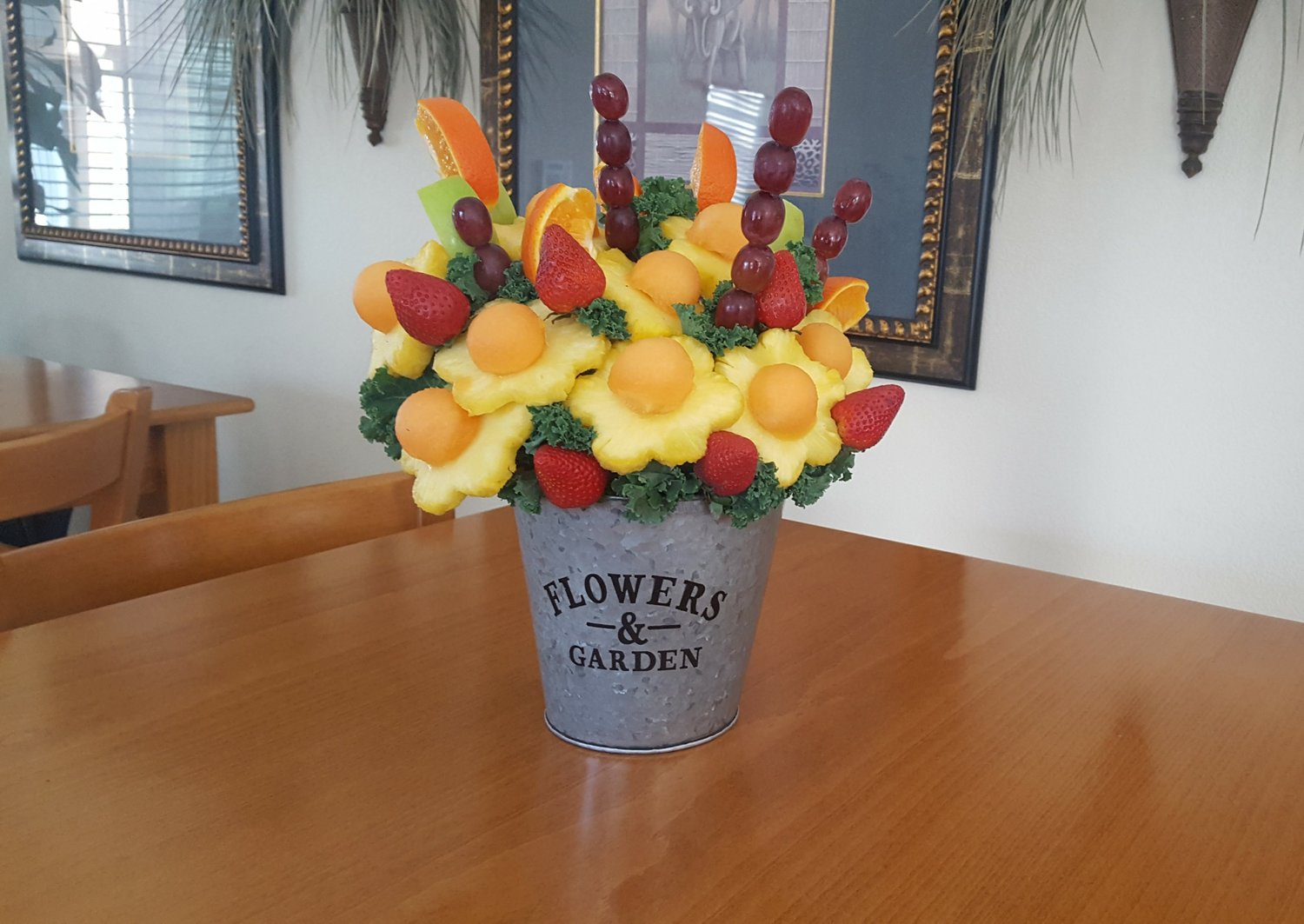
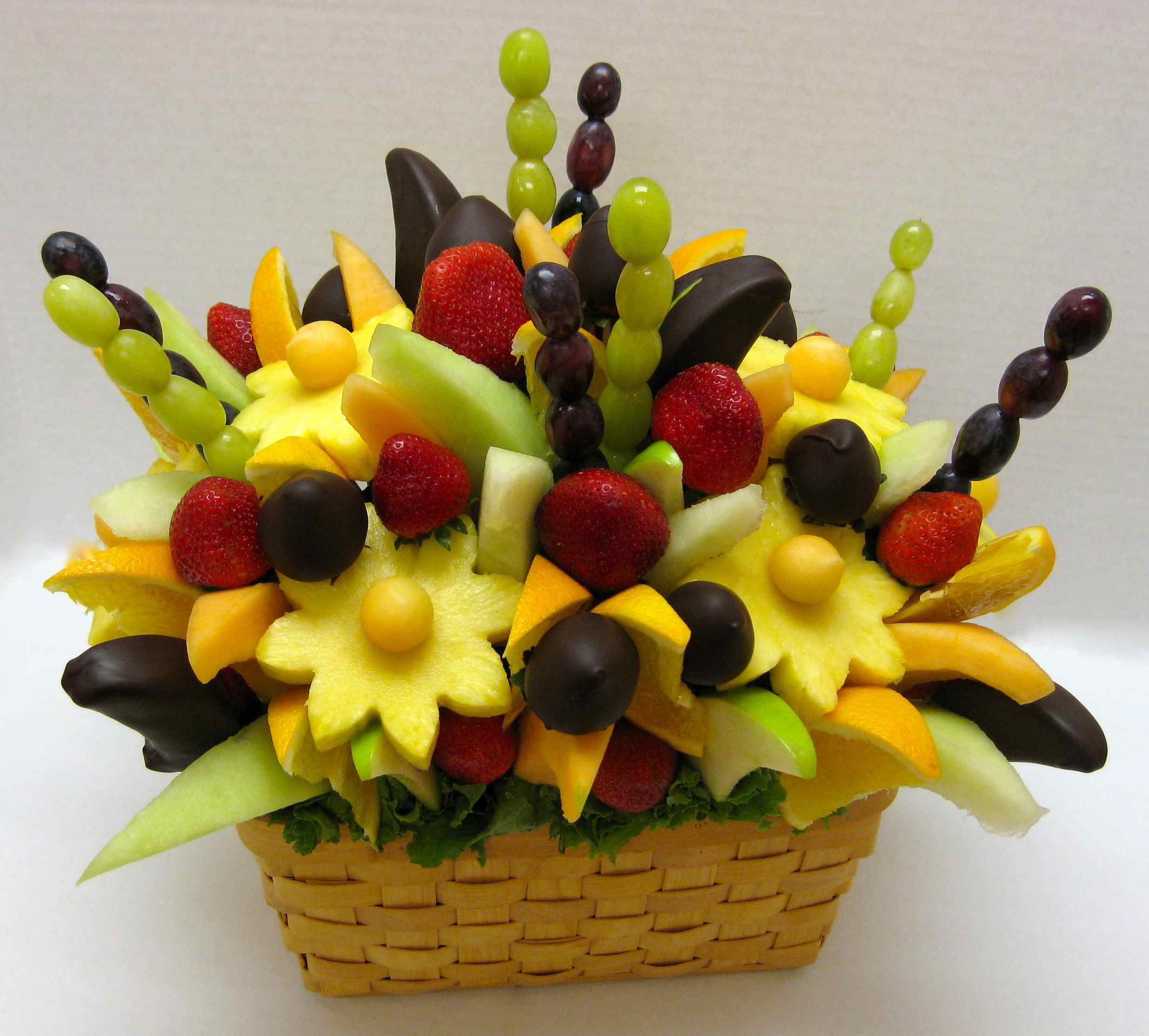
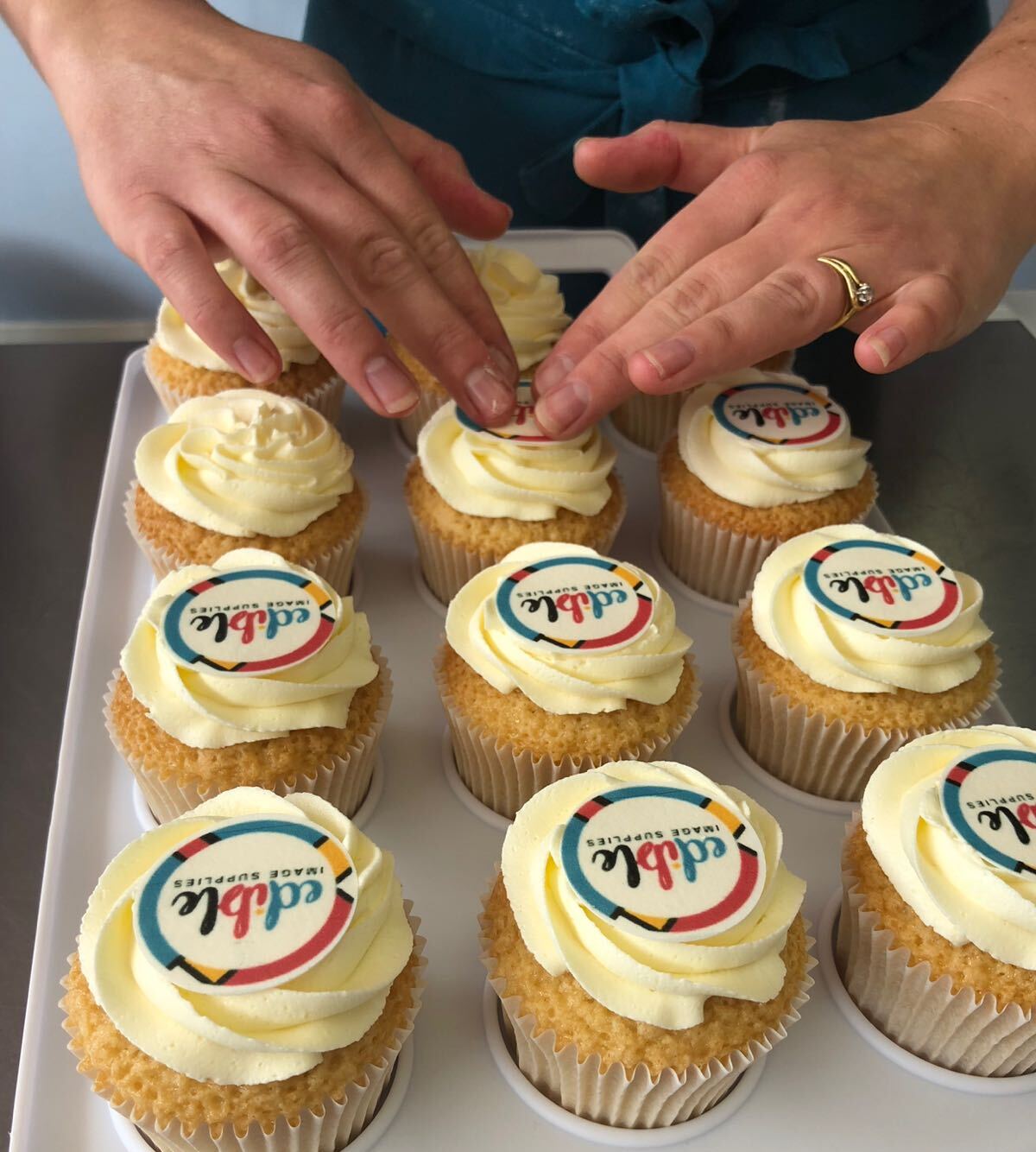
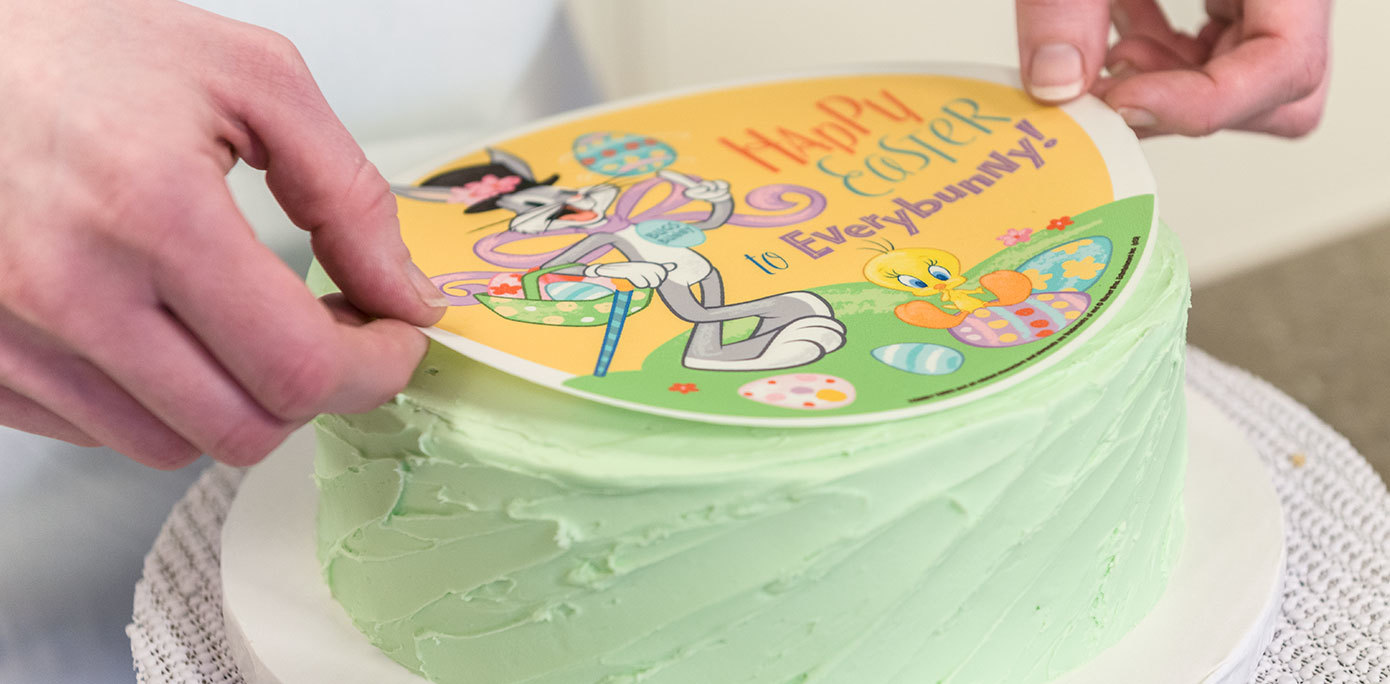
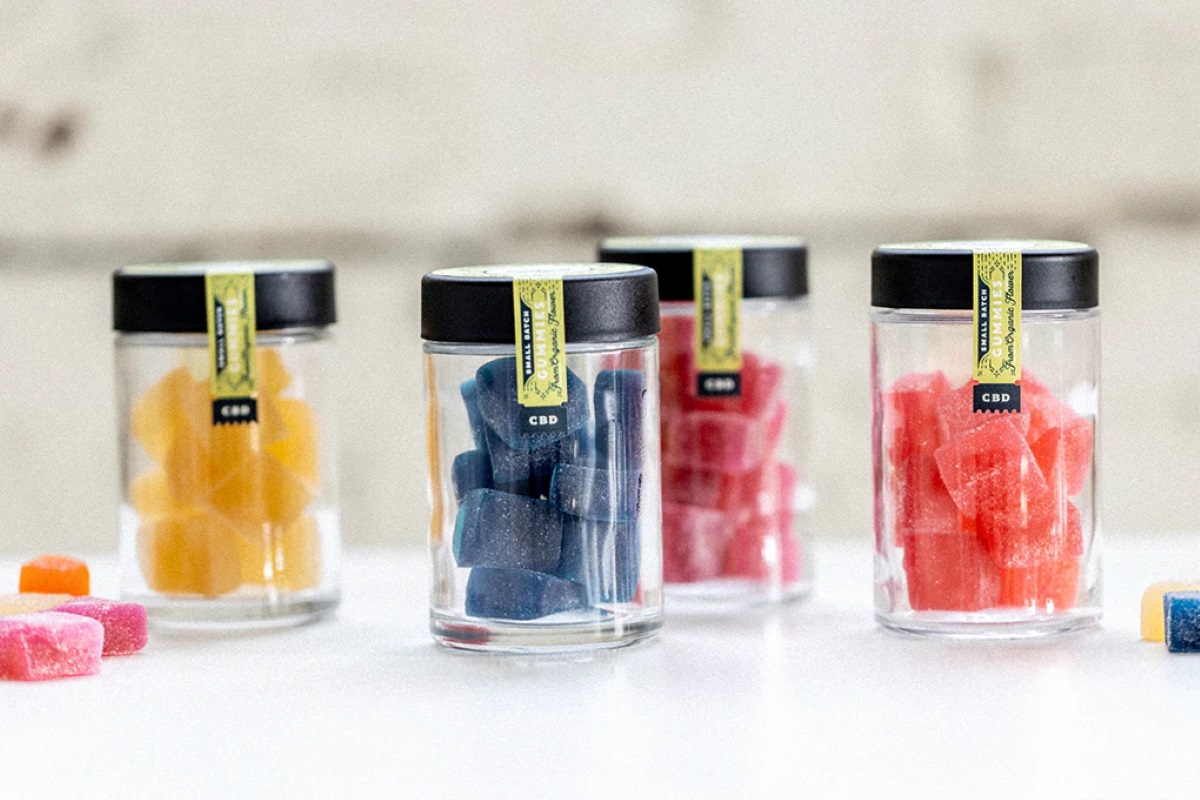
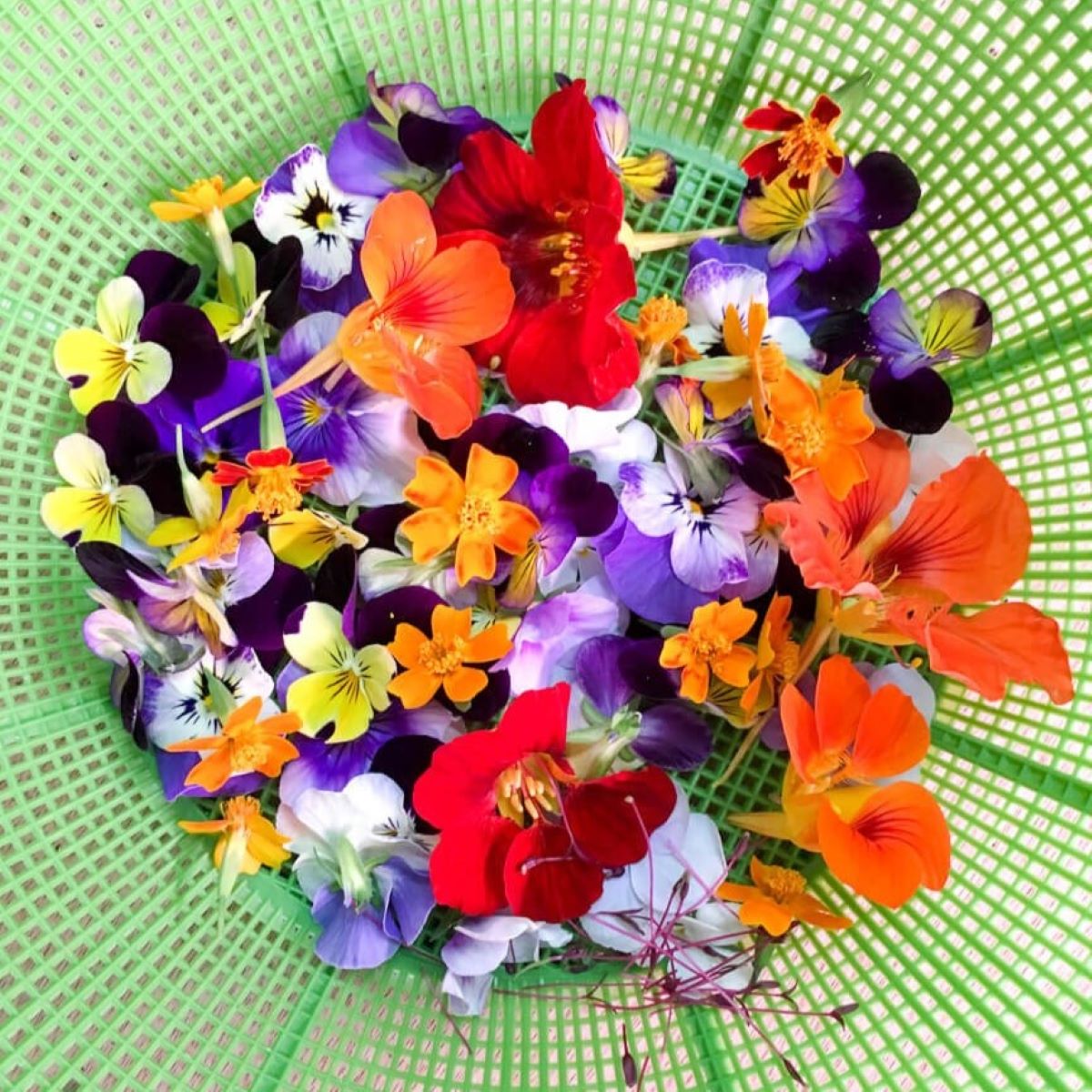
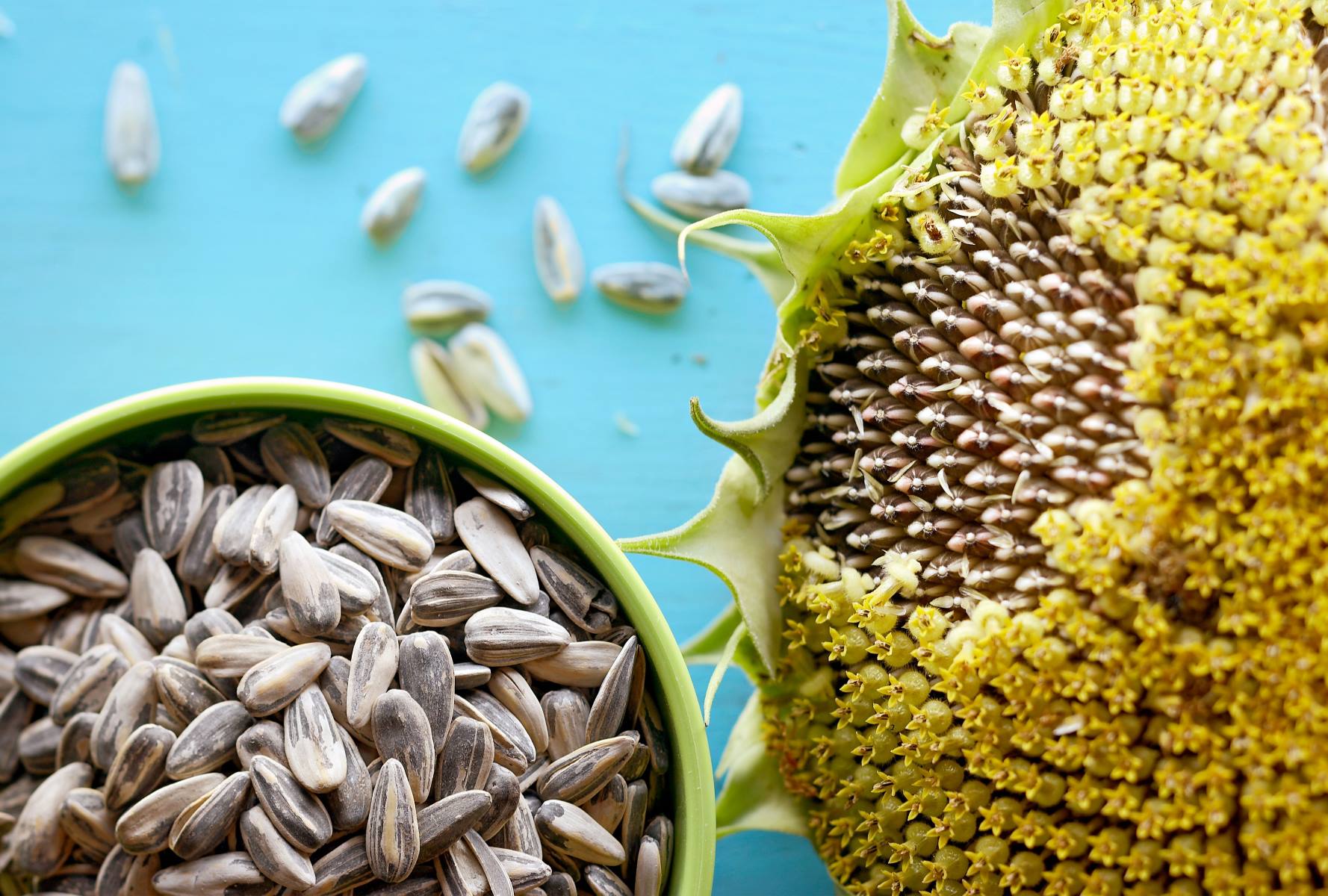
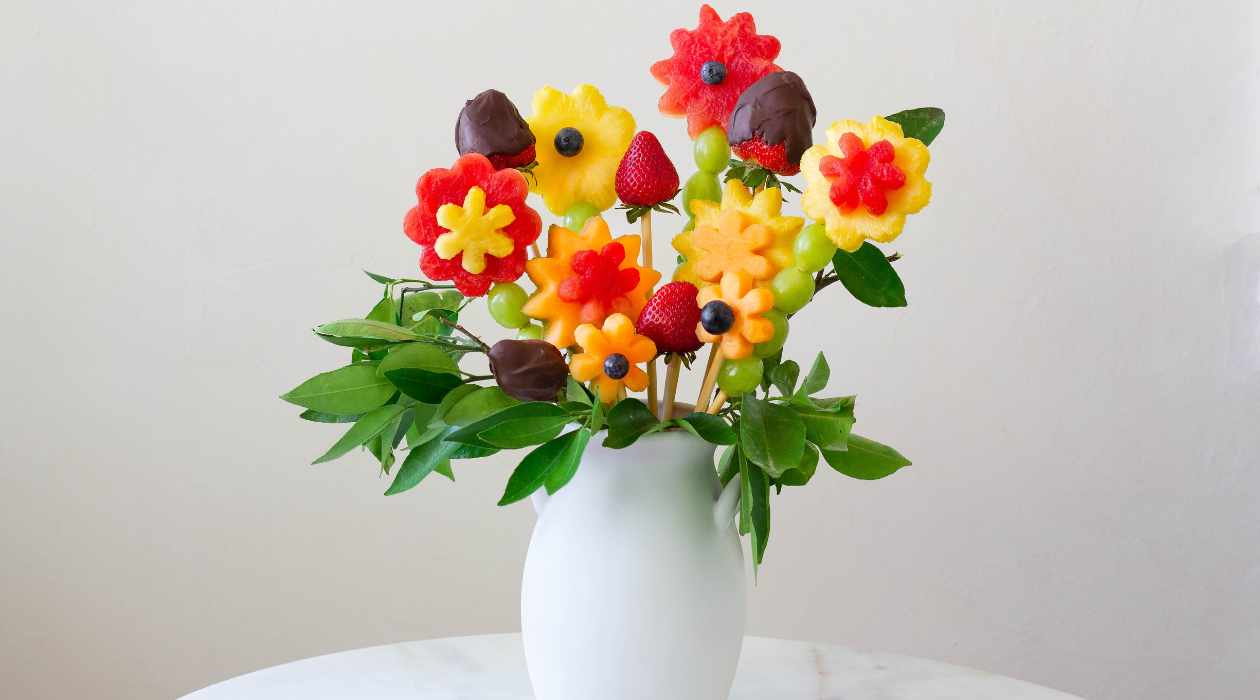
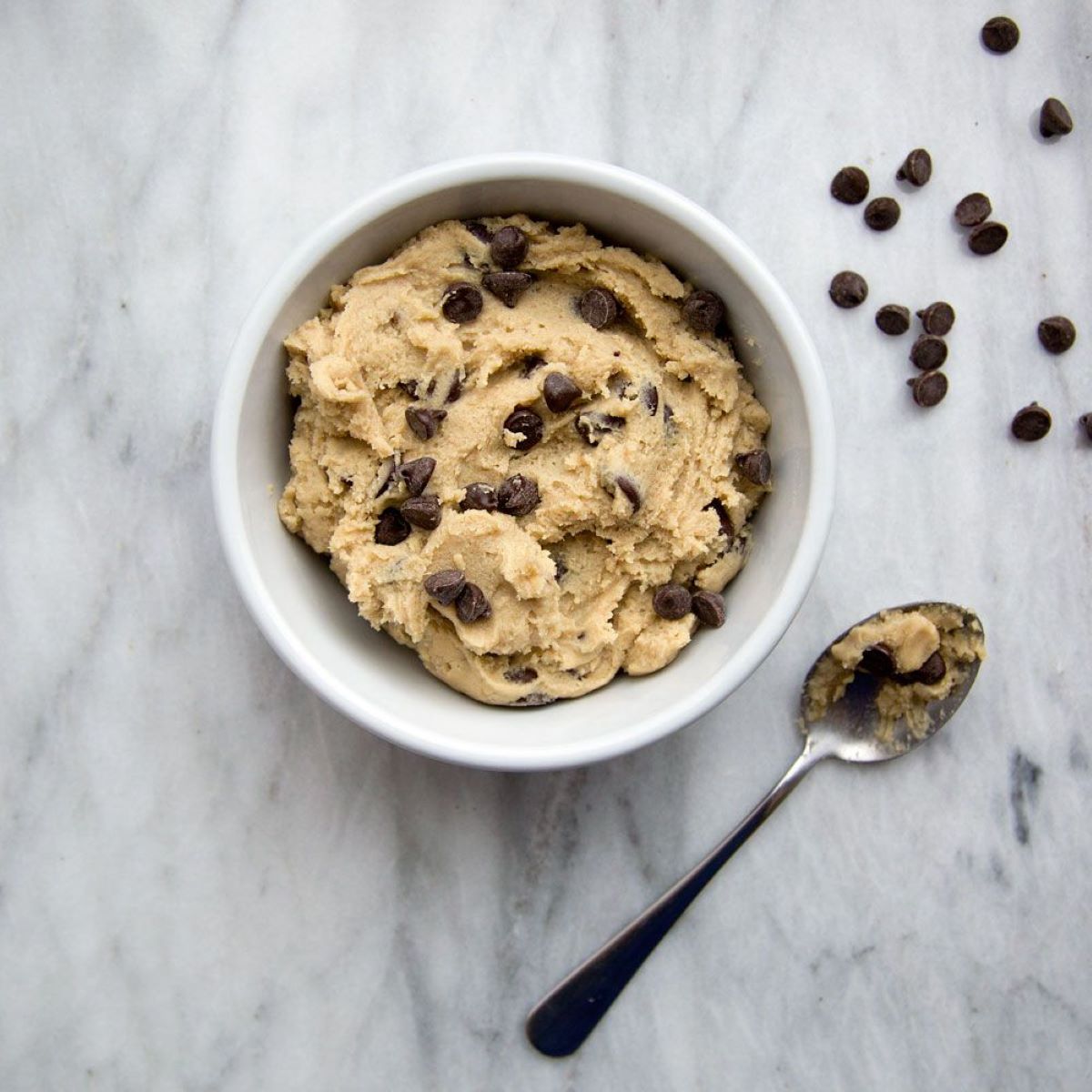
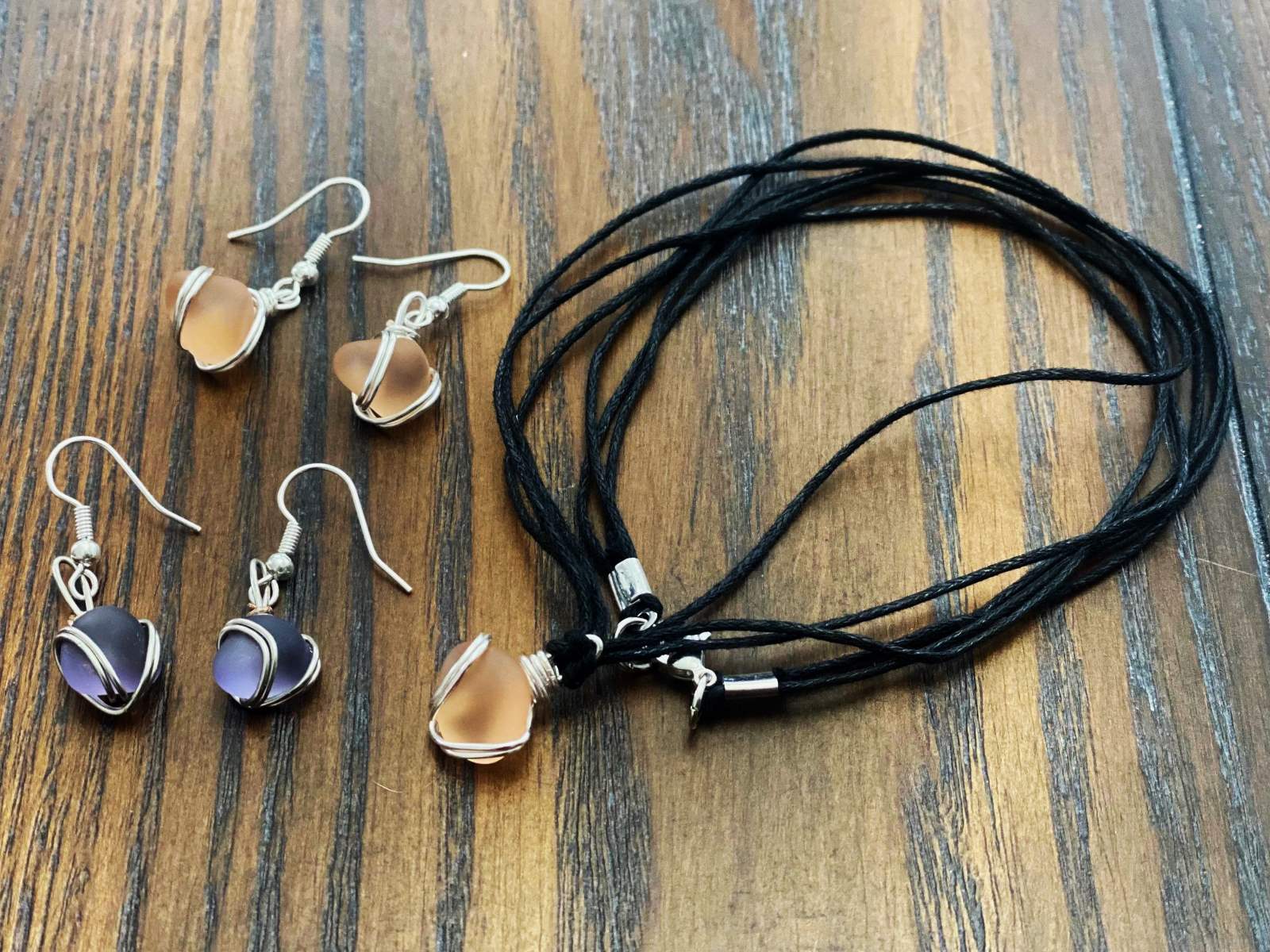
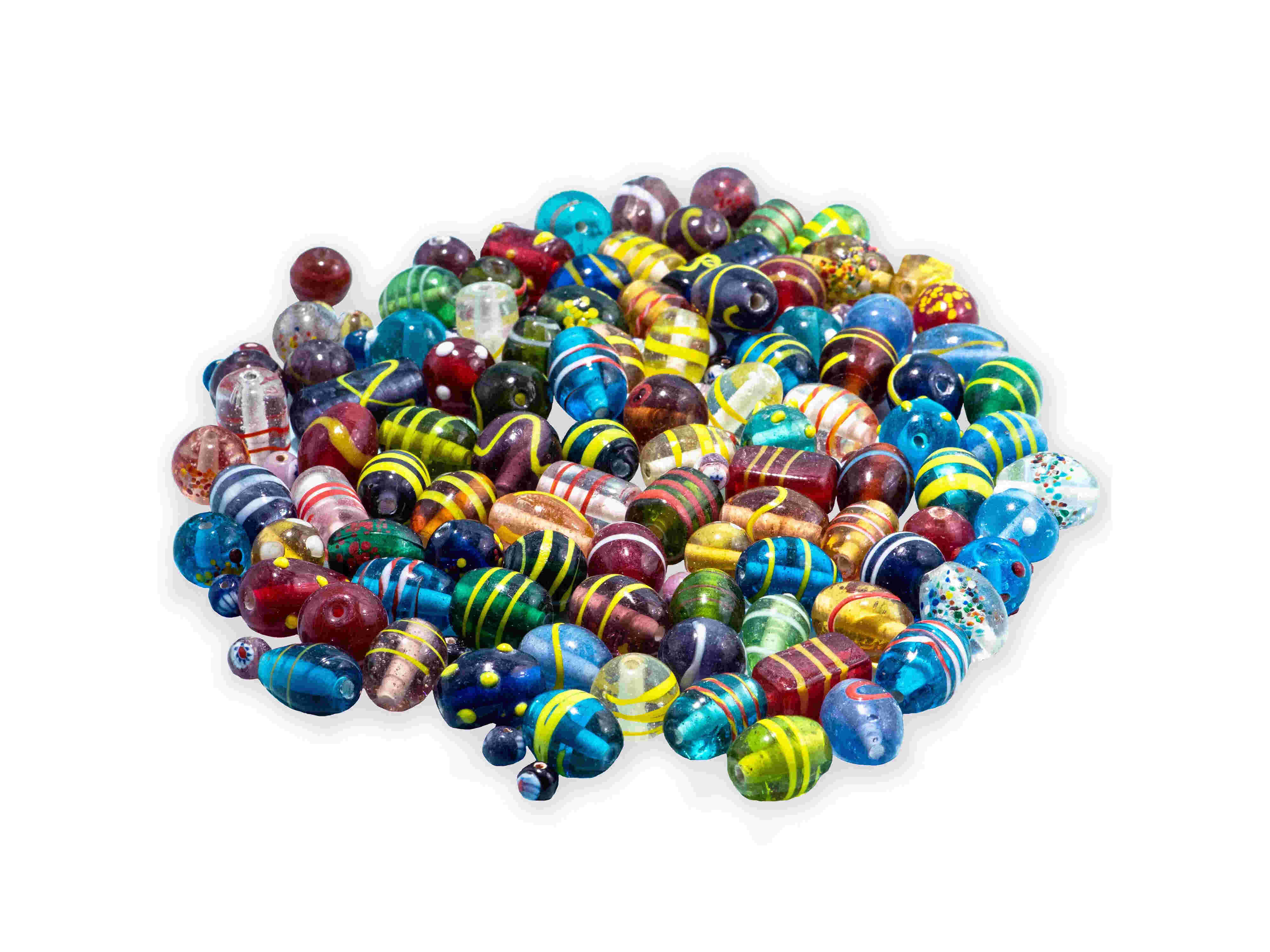
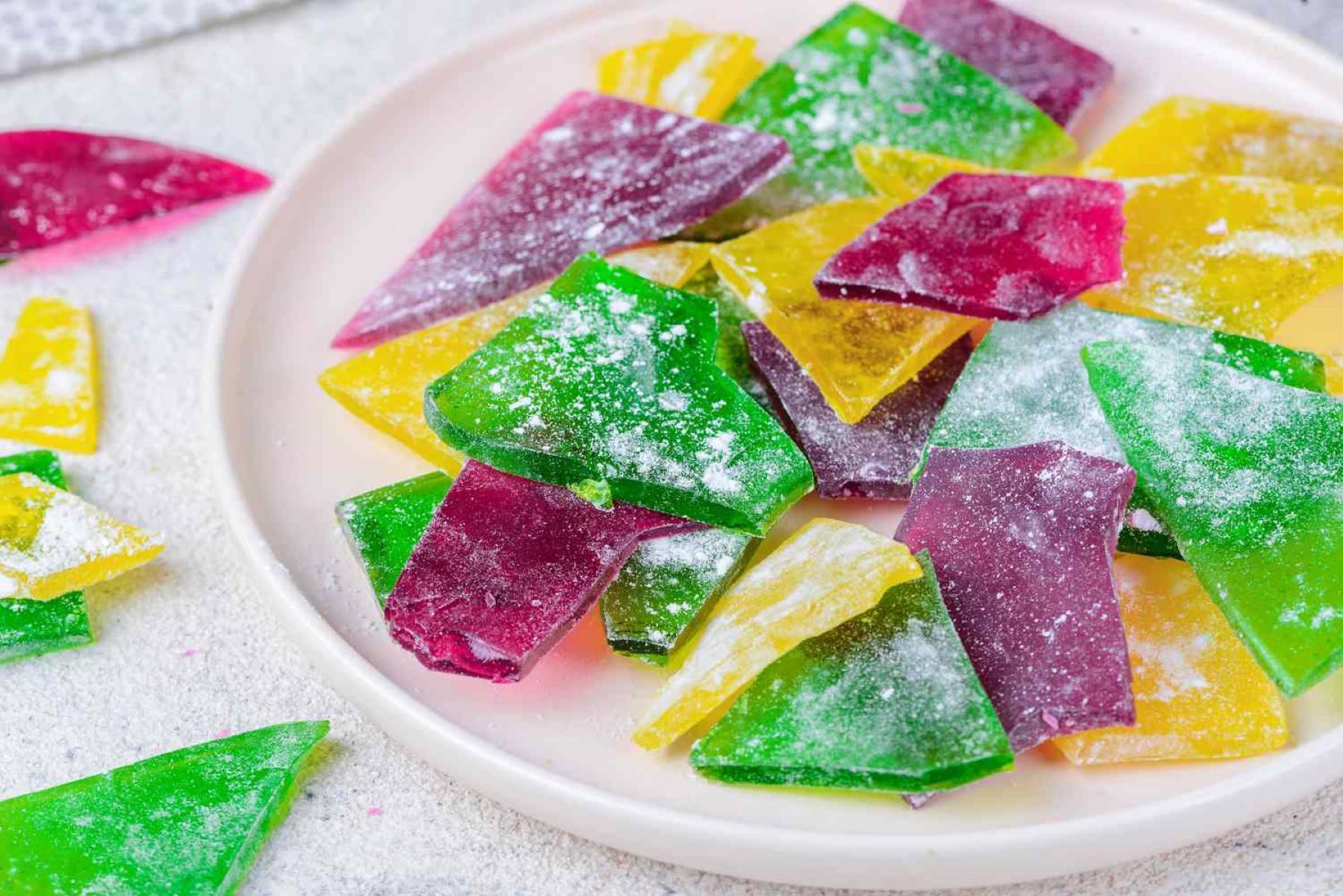
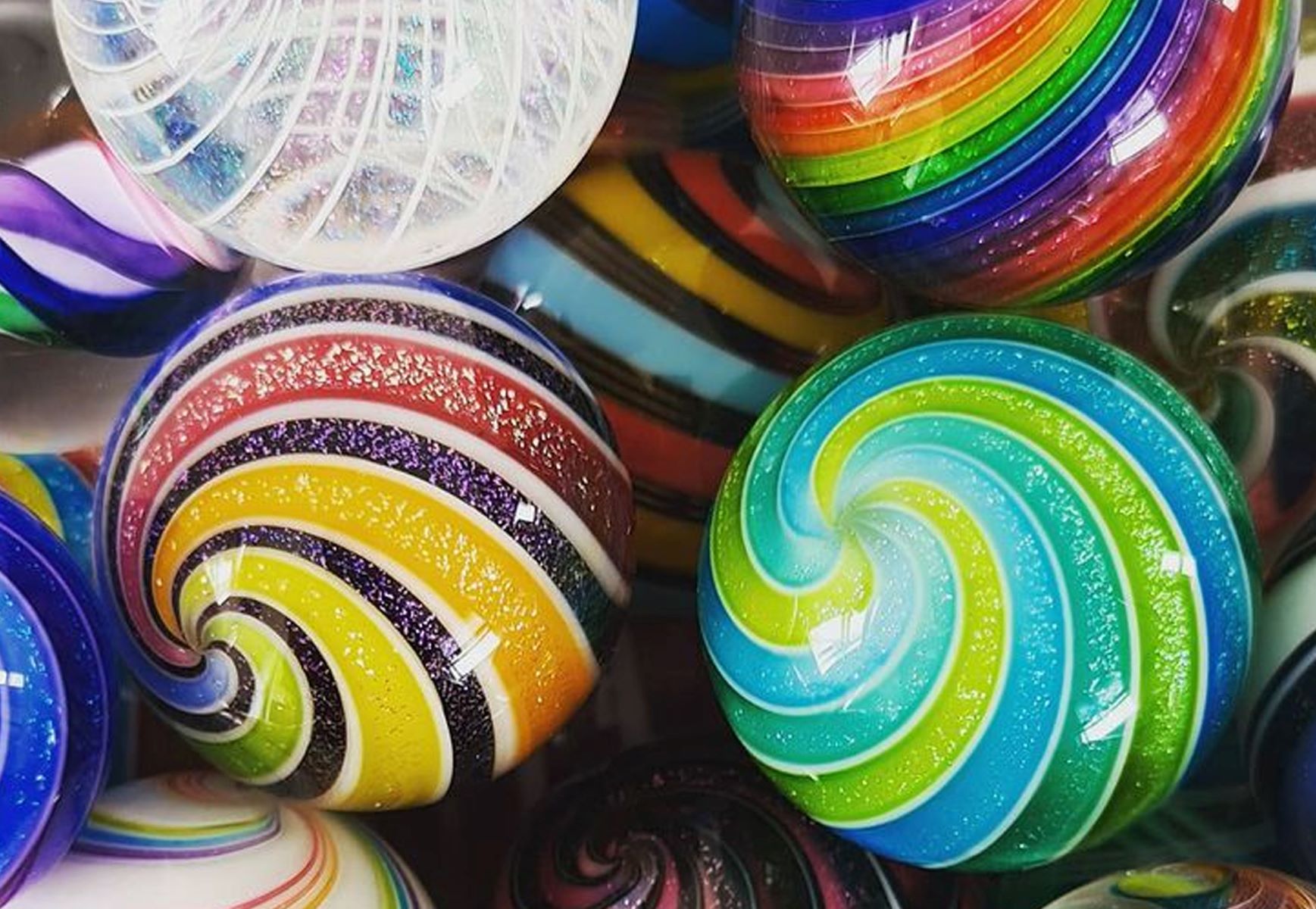
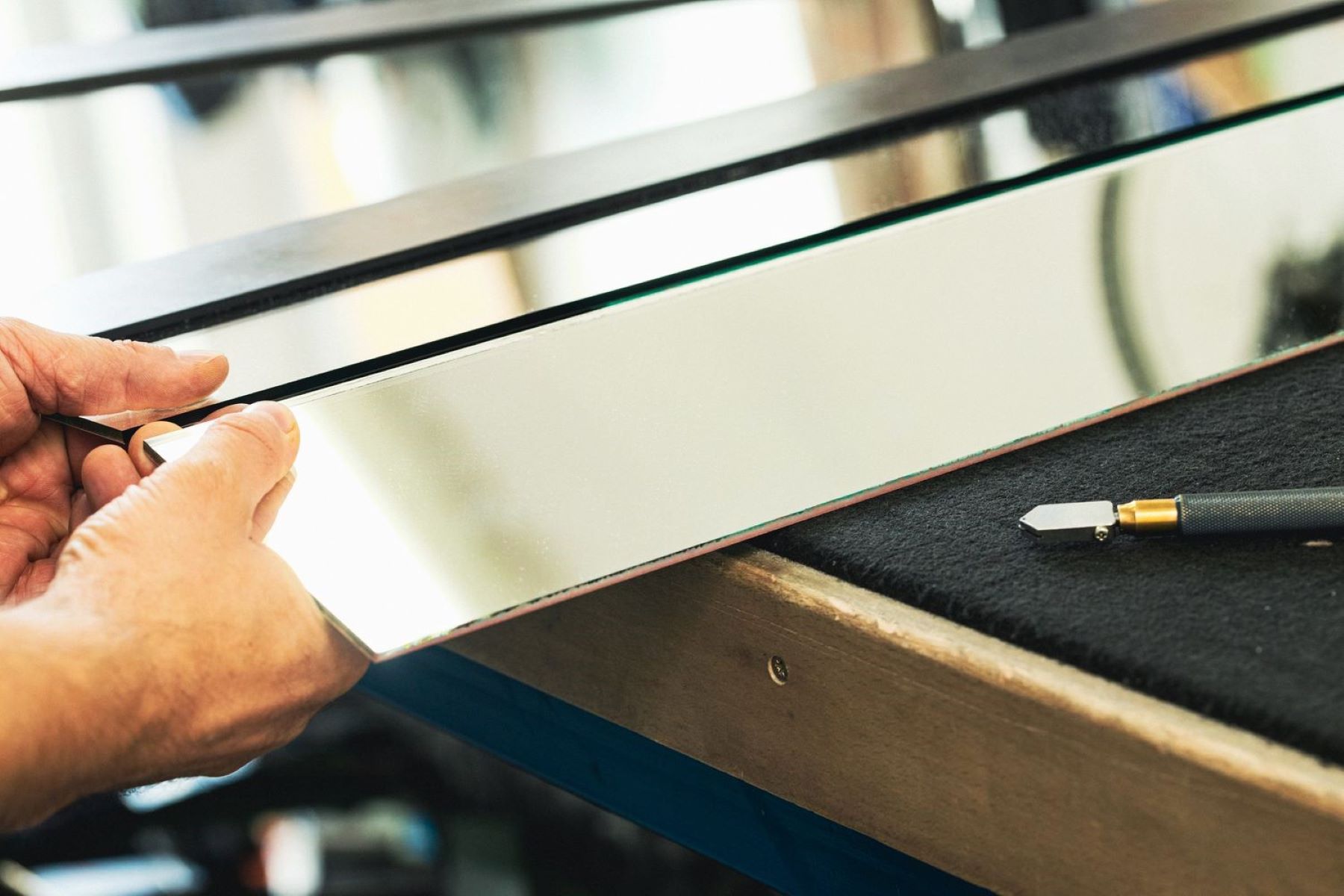

0 thoughts on “How To Make Edible Glass”